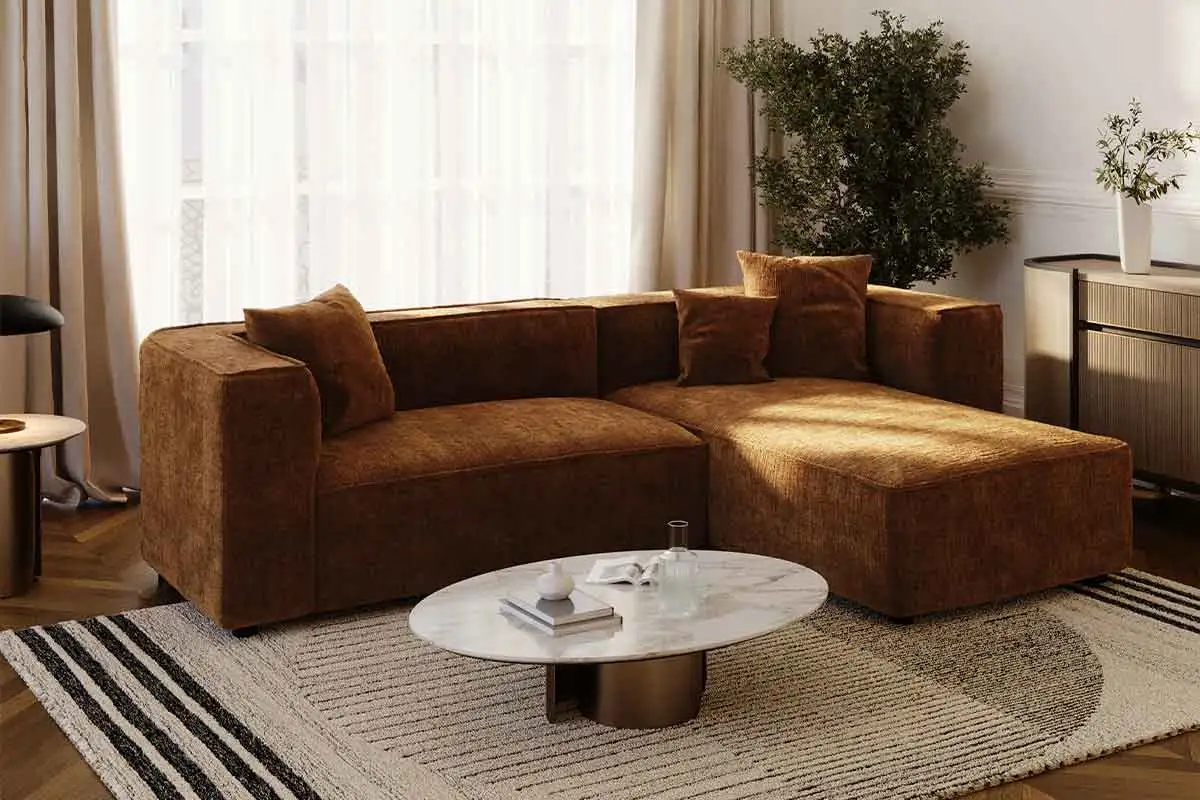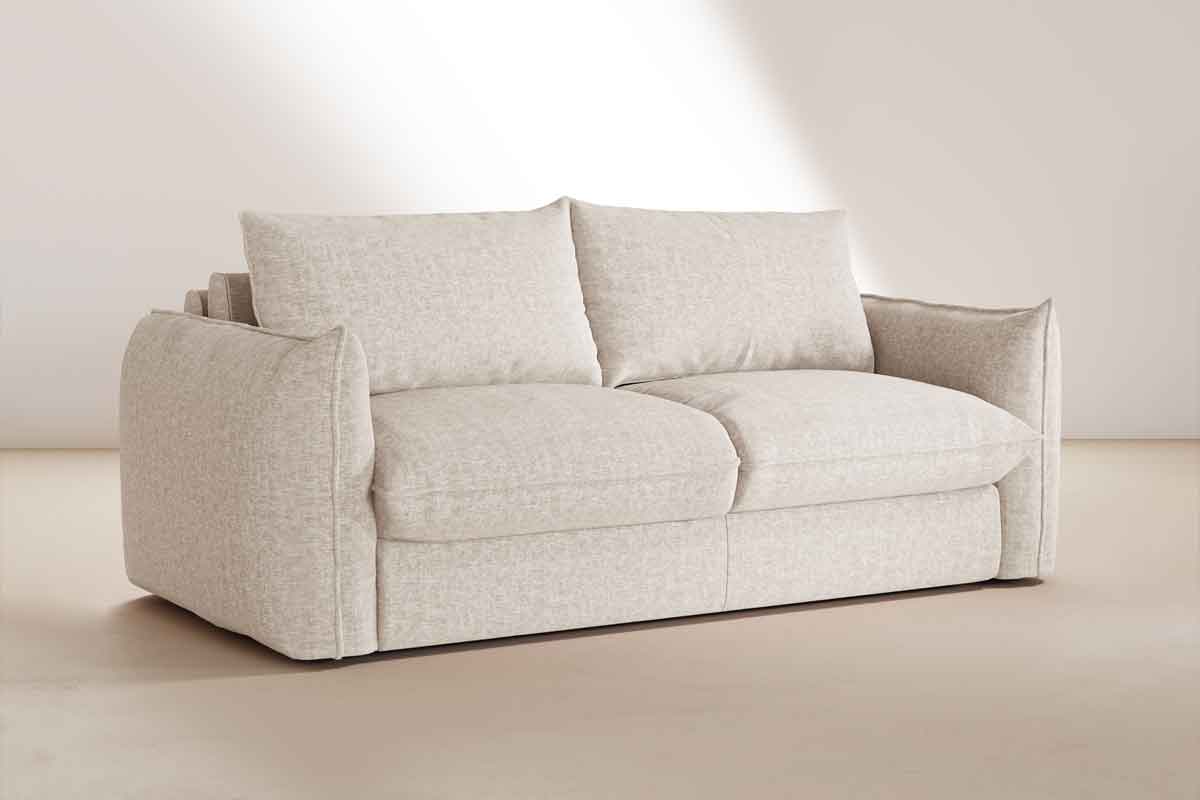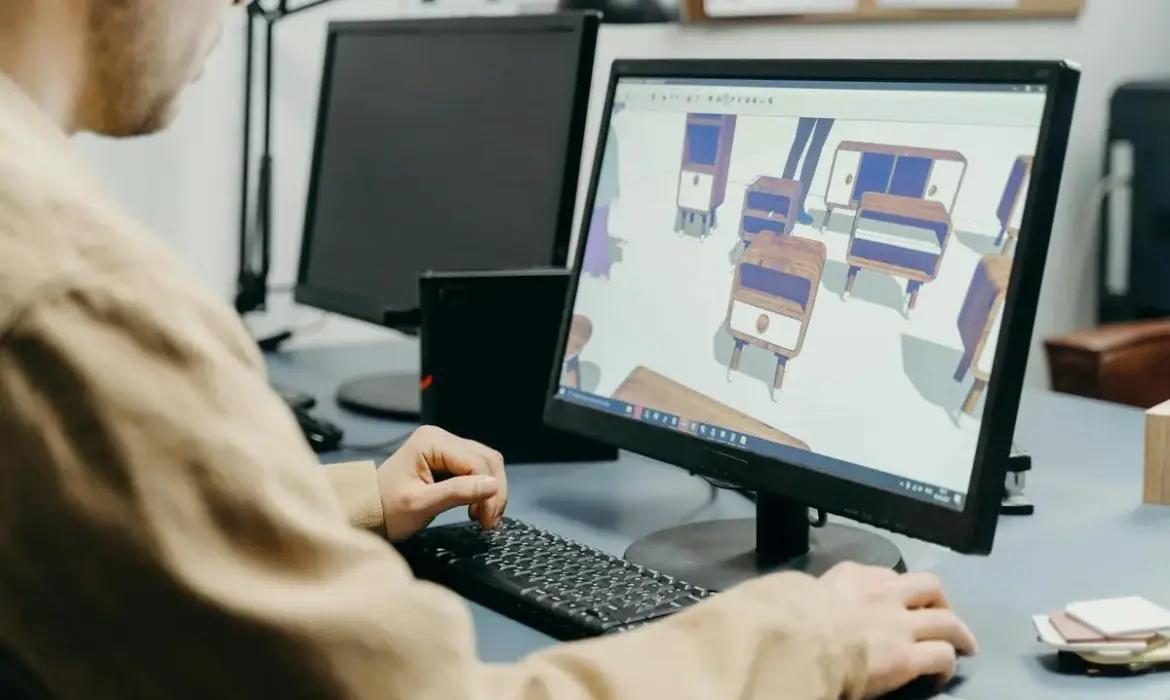In today’s day and age, every scroll reveals another brand, another product, another “must have.”
With so much going on in every industry, how do you stand out?
We asked ourselves that question not long ago, and it led us somewhere unexpected: 3D product modeling.
For us, this wasn’t just a technical leap, but a logical next step and a way to expand our reach. We’ve worked with top furniture manufacturers in the region for years and have listened to a slew of concerns around customer experience and online shopping.
Since we handled their marketing, managed their online stores, and helped them grow digitally, we noticed a few gaps we could help fill. We determined there was a good way to bring their furniture to life online in a way that static photography couldn’t.
So, we started 3D product modeling because it made sense for our clients, and we already had a team with adjacent experience.
Now, we can confidently say it’s become one of the smartest business decisions we’ve made. And we’re ready to tell you why it can be your best decision, too.

What Is 3D Product Modeling?
3D product modeling is exactly what it sounds like: the digital sculpting of objects in a three-dimensional space. At its core, the point is to create a lifelike version of your product that you can rotate, zoom into, or examine closely from every angle.
In short, it’s the product visualization of the future, except it’s already here.
Types Of 3D Product Modeling
3D product modeling can be powerful. Here, we’ll explore the primary types that make up this digital art form:
1. Polygonal modeling
Polygonal modeling is the most common technique, especially in gaming and product design. It uses polygons (triangles, squares, etc.) to form the surface of an object. This type of modeling is great for complex and organic shapes like a swooping lounge chair.
2. Surface modeling
Surface modeling is another common technique that focuses on precision. It’s often used in automotive and aerospace industries, but it’s also valuable in high-end furniture design, where curves and finishes are extra important.
3. Subdivision modeling
Subdivision modeling smooths our polygonal models and helps us create soft curves and a sleek aesthetic for the products. 3D teams often use this technique when they need high detail without a massive file size. In turn, this helps facilitate digital renders on product pages.
4. Texturing
Last but not least, with texturing, 3D teams apply realistic materials, colors, and patterns to their 3D models to make them look wooden, velvety, or matte. This technique is crucial to make the renders look as real as a physical prototype.

3D Modeling in Marketing: Why It Works
We’re a marketing agency, not a design studio. Why do we even bother with 3D modeling?
Because showing your products exactly as they are in real life and creating an all-encompassing experience for your potential customers is the best marketing there is.
Besides that, with 3D modeling, you can:
1. Create Immersive Customer Experiences
Nowadays, attention spans are short. Yet, expectations are higher than ever. In fact, a recent survey conducted by The Harris Poll discovered that 60% of online shoppers say they’re more likely to buy a product if they can view it in 3D or AR.
Since 3D allows customers to spin, zoom, and inspect products just like they would in-store, it gives them a more well-rounded perspective and helps them get a feel for their purchase before it arrives.
2. Enhance Product Visualization for Online Sales
No matter how much online store owners claim, no one wants to buy a product from a single photo. Nowadays, people don’t even trust video, especially with how prevalent AI is.
With industries moving at breakneck speeds, customers have begun to ask to see the details, like stitching, lighting, and texture, to visualize how it fits into their space. This visualization can help improve buyer confidence and reduce the return rate, as shoppers know exactly what they’re buying.
3. Improve Brand Perception with High-Quality Visuals
Quality visuals = perceived value.
When your brand looks polished, professional, and modern, customers notice and remember.
We’ve seen it with our clients firsthand. When we introduced 3D renders into their catalogs and online stores, their conversion rates and the average time on page for product pages increased.
By doing something different than the competition, you won’t be “just another brand,” but an industry leader that sets standards and pioneers trends.
Business Benefits of 3D Modeling
Let’s step away from the aesthetic for a moment.
Great visuals are always nice, but business results always matter more. So, here’s what your business can realistically achieve by implementing 3D modeling for your online store:
- Faster time to market: Traditionally, creating a prototype, testing it, scrapping it, and starting over can take months. But with 3D modeling, you can test product variations in weeks without building a physical item. So, you can have seasonal launches and rapid design iterations, thus moving faster than the competition.
- Cost savings in design and development: A single physical prototype can cost hundreds to thousands of dollars/euros. When you multiply that by every version you want to test, you’re looking at a hefty budget. 3D modeling slashes those costs, with a PwC study estimating that it also decreases production costs by 13%.
- Competitive advantage in a crowded market: Very few businesses are using 3D modeling, and that’s your edge in a saturated market. You can offer your customers an interactive experience that’s memorable and lets your product do the talking. Early adopters of 3D product modeling are already positioning themselves as forward-thinking, quality-driven brands.

Industries That Benefit Most From 3D Product Modeling
While furniture design is our bread and butter, 3D modeling has a much wider use and can change the game across industries like:
- Architecture: 3D models let clients walk through a home before it’s built, which improves communication, reduces errors, and closes deals faster.
- Engineering: 3D CAD models are great for simulation, stress testing, and virtual prototyping long before physical production begins.
- Construction: 3D visualizations help stakeholders understand the scope of projects, coordinate better, and avoid costly misinterpretations.
- Gaming: 3D models are the backbone of game development for everything from characters to environments to props.
- Manufacturing: 3D modeling accelerates innovation for manufacturing companies by letting them design, test, and tweak without halting production.
FAQs
3D modeling in business refers to the use of computer-generated three-dimensional visuals to design, prototype, or market products and services. It enhances communication, streamlines production, and boosts marketing results.
3D modeling makes marketing more engaging by creating lifelike product visuals, interactive experiences, and augmented reality (AR) content. It improves conversion rates by helping customers visualize products before purchase.
Yes. Small businesses can use 3D modeling to create standout visuals, reduce prototyping costs, and enhance their digital marketing, especially when competing against larger brands.


